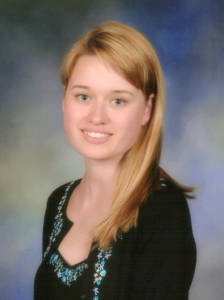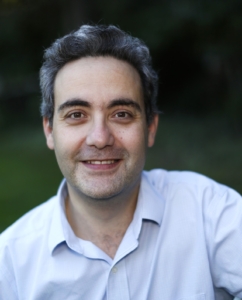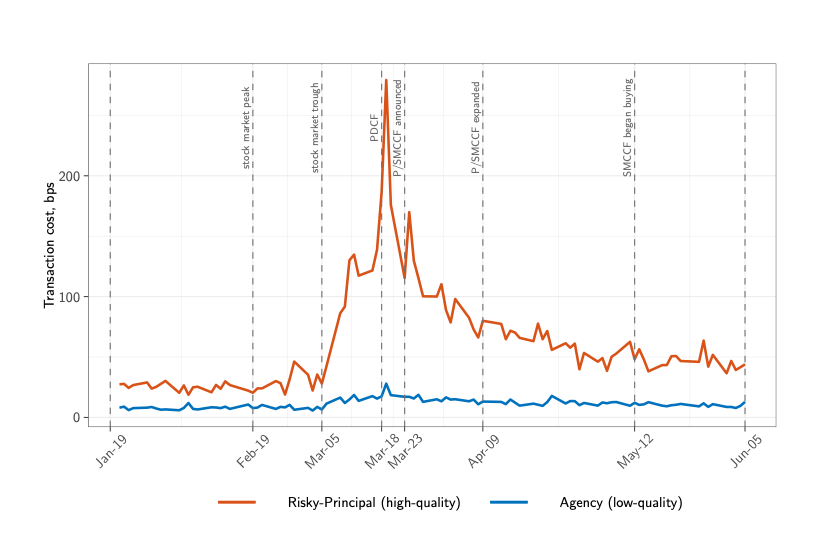
Anastasia Bogdanova
“All these equations and graphs, how often am I going to use them at work anyway?”
More likely than not, this question will have crossed your mind at some point in your undergraduate career, especially when you’re scratching your head over an elusive concept in lectures or working through pages of dense problem sets. But the answer to this question: way more often than you’d expect! For some, like UCLA Economics alumna and economic consultant Anastasia Bogdanova, analytical frameworks and models are relevant every single day. Anastasia’s story is a perfect testament of how things you learn in the classroom can translate seamlessly into tangible and valuable skills in your professional career later on.
Like many of us Bruins, Anastasia’s journey at UCLA began as a junior transfer student from City College of San Francisco. She was captivated by the buzzing community the moment she set foot on the Hills of Westwood. “It truly felt like home,” she recalls while discussing her first encounter with our beloved campus. Between the breathtaking scenery and vibrant conversations, her mind was made up in a heartbeat. “It was exciting to imagine myself being a future student here!” Upon arriving in Southern California, she did not waste a single minute before immersing herself in the quintessential college experience. Getting on a rooter bus to the Rose Bowl amidst an energized stream of blue and gold, going on spontaneous trips to Westwood to discover new restaurants or wave to celebrities at movie premieres, and studying with floormates in the dorm lounge were all experiences that left lasting memories. It is often not until we step out of the college bubble and into the “real world” that we realize we’ll never get to live this life again, and to Anastasia, these memories are held dear to heart.
Equally treasured are the wonderful classmates she met and the lifelong friendships she forged in Westwood. Whether it was learning to speak French at the Cercle Francophone, helping organize events at the USAC Office of the President, or simply reflecting on life’s ups and downs during a meal with friends in the dining halls, she was always surrounded by people who cared deeply about each other and the world around them.
Initially a business major in community college, Anastasia developed a particular interest in economics. At UCLA, she enrolled in honors seminars on applied econometrics and microeconomics, which she credits with giving her a first look at what rigorous economic research was like. Anastasia also remembers being in Econ 167 – Victims and Villains; Panics and Bubbles taught by professors Andy Atkeson and William Simon, which was more relevant than ever in the immediate aftermath of the Great Recession of 2008. Exploring all the mechanisms at work behind the scenes, she was fascinated by the interplay between economic theory and real-world phenomena. She decided to pursue a Master’s degree in the field to advance her understanding of theoretical and applied economics.
Graduate school applications can be a daunting experience for anyone. Anastasia’s secret: knocking on professors’ doors. “Don’t be intimidated to reach out and ask for help or advice, even if you are in a class with 200 or 300 other students!” These conversations turned out to be an important factor contributing to her successful admission to Duke University’s M.A. Economics program. She gratefully recalls how the faculty supported her throughout the application process, in particular by sharing lessons learned throughout their own experiences.
Two years later, Anastasia ventured out into the professional world, and economic consulting enabled her to combine and apply the skills gained at UCLA and Duke. She moved back to the City of Angels and joined Analysis Group, one of the largest economic consulting firms. Compared to the more strategy-centered nature of management consulting, an economic consultant’s work often occurs within the context of litigation proceedings and can involve analyzing data, applying econometric and statistical models, and examining events. One of her favorite aspects of the job is the breadth of industries she’s exposed to. Since beginning her career at the firm, Anastasia has worked on cases in areas ranging from healthcare to finance, and so on. “There’s no typical day,” she said, with each new project bringing about fresh questions and opportunities for growth.
For Anastasia, learning never stops. A few years into her professional career, she returned to UCLA by enrolling in the Data Science certificate program at the extension school. Indeed, the sense of nostalgia never left. Amidst a busy work schedule, she still finds time to stop by her alma mater every now and then. “It’s always been like that for me … Westwood always felt like a great place to be.”
Her story is one of a dedicated student turned successful professional who found passion inside the classroom and shaped it into a thriving career in the professional sphere. So, for any Bruin feeling hopeless amid endless problem sets, you can take solace in knowing that hard work, paired with passion and dedication, always pays off.
Written by Simon Dong




